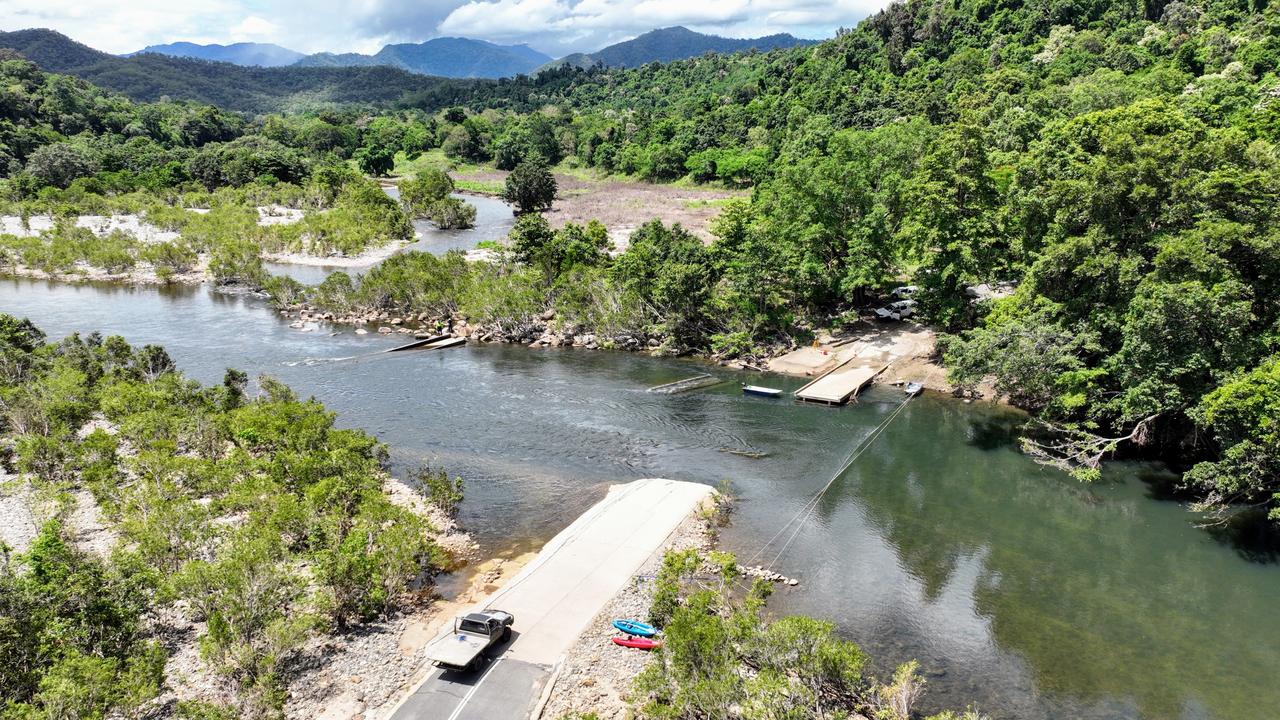More Australians want to escape to the country but increasing intense weather events are having an impact
The idyllic picture of life in the regions is marred by more intense and frequent extreme weather which is impacting the affordability and availability of insurance says insurance boss.

Australians are increasingly drawn to life in the regions, seeking the allure of the great Australian dream in cities like Townsville in Queensland’s tropical north.
This vibrant city, host of this year’s News Corp Australia 2024 National Bush Summit, offers a compelling lifestyle – an abundant of local produce, a thriving and welcoming community, easy access to nature, and a strong industrial base promising employment opportunities.
Yet, this idyllic picture and that of other regional centres in Australia is marred by a significant challenge which is impacting the affordability and availability of insurance: more intense and frequent extreme weather.
While we have enjoyed a relatively quieter disaster season over the past year, weather events have intensified internationally and it’s not a matter of if, but when, it will be Australia’s turn again.

We know the impact of a major natural disaster to a regional city or town can be like a local factory or mine closing, with a range of widespread flow-on effects and long-term impacts across the whole economy and community.
In my 19 years at Suncorp, I have seen extreme weather destroy far too many lives and livelihoods in this region alone – from Cyclones Yasi, Jasper and Kirrily, to the devastating 2019 Townsville floods, which combined had Suncorp claims costing more than $900 million.
To exacerbate the problem further, as a nation we have made historically poor decisions in permitting developments in high-risk areas, compounding the insurance burden on these communities.
It’s a wicked problem and there is no silver bullet – but there are solutions available.
One critical step is to reform insurance taxes. Suncorp alone collected over a billion dollars in insurance duties and levies on behalf of Federal and State Governments last year.
These taxes disproportionately affect high-risk, low-income households in regional areas. In a cost-of-living crisis, adequate insurance cover is more important than ever, so we need to make smart decisions on how we spend this insurance taxation windfall.
Suncorp supports redirecting these funds to provide immediate relief directly to vulnerable households who need it most, thereby helping control the costs.

It’s also important to deepen our partnerships with governments, insurers and communities to address not just how we respond to these disasters, but how we prepare for the future.
But government can’t be expected to take on all the risks. We have seen internationally this can lead to unintended consequence where people continue to live in high-risk areas knowing the government will pick up the tab.
Governments have already stepped up to the plate with the $200 million annual Disaster Ready Fund and the Resilient Homes Funds in Queensland and New South Wales to help relocate, raise and retrofit homes in high-risk areas.
We need to build on these initiatives and scale them up to be always on – not just after an event.
This needs to be right on top of the national agenda alongside housing affordability, that the Federal Government’s budget recently allocated $6 billion to improve.
The future of our regions depends on our ability to mitigate the impacts of extreme weather, and for this we need to see greater investment in strengthening resilience measures across communities.
The bush will always be defined by the weather, but we know what we can do to protect homes and businesses, and ultimately help people to stay living in the regions.
Originally published as More Australians want to escape to the country but increasing intense weather events are having an impact



